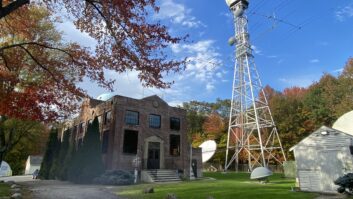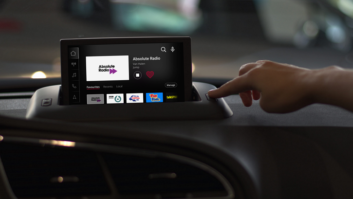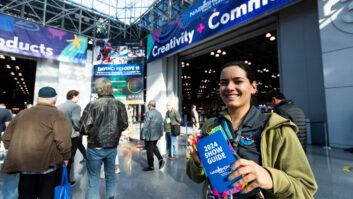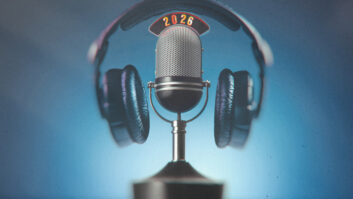The bad news: AM radio will never be the same. How many dyed-in-the-wool broadcast vets built crystal sets or foxhole radios and played with a cat’s whisker? How many hours of AM DXing, especially during the Sunday morning maintenance period, listening for an announcer in a distant control room to give the calls?
In the digital AM world, we’ll sure miss the singing of an iron core when it’s replaced with a digital “whoosh” sound. Nostalgia will always exert a tug on the heartstrings of a Real Broadcaster of a Certain Age.
Those days are disappearing.
The good news: AM radio will never be the same. It will be substantially better. That is to say, the game is likely to be changed radically by all-digital “HD” AM.
Many of us have objected to the jamming of first adjacents by IBuzz. It’s difficult to tolerate the degraded audio when an “HD” AM signal reverts to analog.
Those qualities were attendant to the use of MA1 hybrid analog/digital use on the standard broadcast band. All-digital MA3 is a whole new ballgame. Xperi, successor to iBiquity, currently is allowing AM stations to license the technology at no cost in perpetuity.
Under the hybrid MA1 standard, the analog signal was accompanied by a digital signal that was 10 to 20 dB down from the nominal carrier power. Under the all-digital MA3 standard, there is no analog signal; the digital signal is at full power.
Some 75% of the power in an analog signal was wasted in the carrier and redundant sidebands. Only one “single sideband” at a maximum of 25% of the station’s total power was necessary to convey useful data, the station’s audio. With all-digital AM, 100% of the station’s power is employed for that purpose. It’s much less vulnerable to many kinds of interference, and audio quality is not limited by the receiver’s IF response curve.
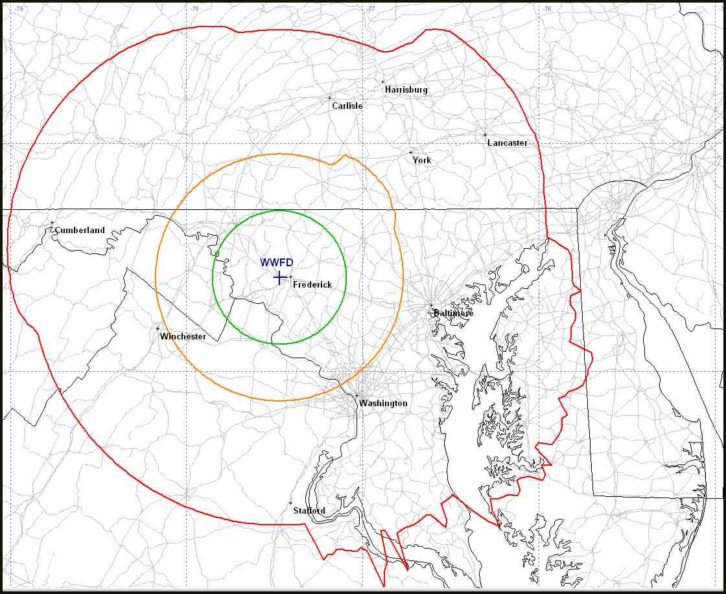
The tests of all-digital MA3 at WWFD in Frederick, Md., have been famously successful. The station’s 2 mV/m contour (green in Fig. 1), often considered to be an AM station’s analog listening limit today, covers about 368,000 people in a 1,300 square mile area.
The 0.5 mV/m (orange in Fig. 1) is protected from interference, and was historically considered to be an AM station’s daytime coverage before AM interference became a significant issue. For WWFD, this signal covers about 2.33 million people over a 4,545 square mile area.
The all-digital MA3 signal has been proven reliable out to around the 0.1 mV/m contour, or 100 uV/m (red in the figure). This is 1/5 the strength of the old standard, and merely 5% of the signal level that is generally considered usable on today’s radios.
For WWFD, this contour covers about 10 million people over a 21,900 square mile area. I carried it from 70 miles south of the station in Stafford, Va., to beyond Baltimore. (I neglected to try beyond that, so it might have even greater range.) The audio was indistinguishable from FM stereo, and in the future can incorporate graphics and other data.
My stock 2013 BMW car radio with a windshield antenna is nothing special. In fact, the analog AM side sounds awful, just like so many other “modern” dashboard AM receivers.
But HD AM dashboard penetration is already around a third of all cars, and climbing. That’s significantly higher than AM’s share of AQH listening in our country today. All-digital MA3 signals are totally compatible and listenable on any HD AM receiver. (Note, however, that all-digital WWFD did not stop a scan.)
I made two very informal short videos on an iPhone of my WWFD listening experience last May and posted them on YouTube here:
- Stafford, Va.: https://youtu.be/vyG8Nyba_lk
- Baltimore: https://youtu.be/hWp6mh4WKQU
CASE IN POINT
As I write this, I’m helping a friend who’s ready to retire from operating his 10,000-watt AM in Greenfield, Mass., so I decided to look into its potential as an all-digital AM.
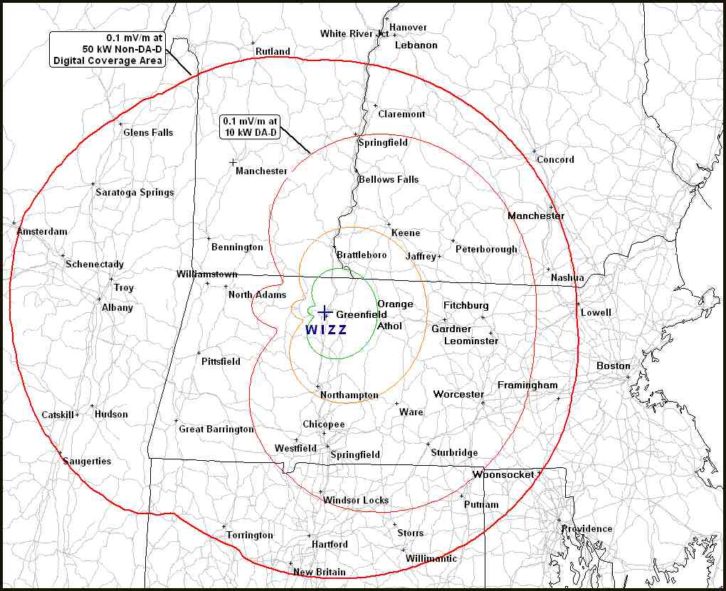
The station is WIZZ, a daytimer on 1520 designed with a single two-tower pattern to protect Buffalo during Critical Hours, as required for two hours after Local Sunrise, and two hours before Local Sunset. Between those two limits, however, a preliminary study shows that WIZZ can operate with 50 kW non-directional.
The potential of WIZZ HD AM all-digital coverage by day at 50,000 watts non-directional is shown in Fig. 2 in red. This is the 0.1 mV/m coverage contour. Also shown is the currently licensed 10 kW directional contour. Note that the station also has some freedom of movement to optimize population coverage, by moving toward Boston, for example.
All-digital HD AM coverage from the present site would be just under 5 million people within a 15,600 square mile area.
[Upgrading to AM All-Digital: Why, How and Lessons Learned]
I wouldn’t want to use a daytime facility like this to compete head-to-head with a format that exists in every market, but the phenomenal coverage is ideal for reaching an enormous potential audience with any unduplicated or specialty format. In that way, it’s not so different from FM in the 1960s. This station now broadcasts a format of American standards and pop hits that most stations have abandoned. The audience for this kind of format is older but fiercely loyal, not to mention well-heeled. When the station goes off, so does their radio. In this format, the station enjoys revenue streams from both advertisers and listeners. The associated FM translator can retain the audience during a transition to all-digital AM.
This is one example of the difference MA3 all-digital AM can make for an AM station. Obviously, each situation is different, but it behooves every broadcast engineer to take a close look at digital AM and advise their licensees of its potential in their particular situation.
The author is a technical and general radio consultant and small group owner. He has held numerous radio roles and founded an AM, six commercial FMs, two NCE FMs and numerous translators.
